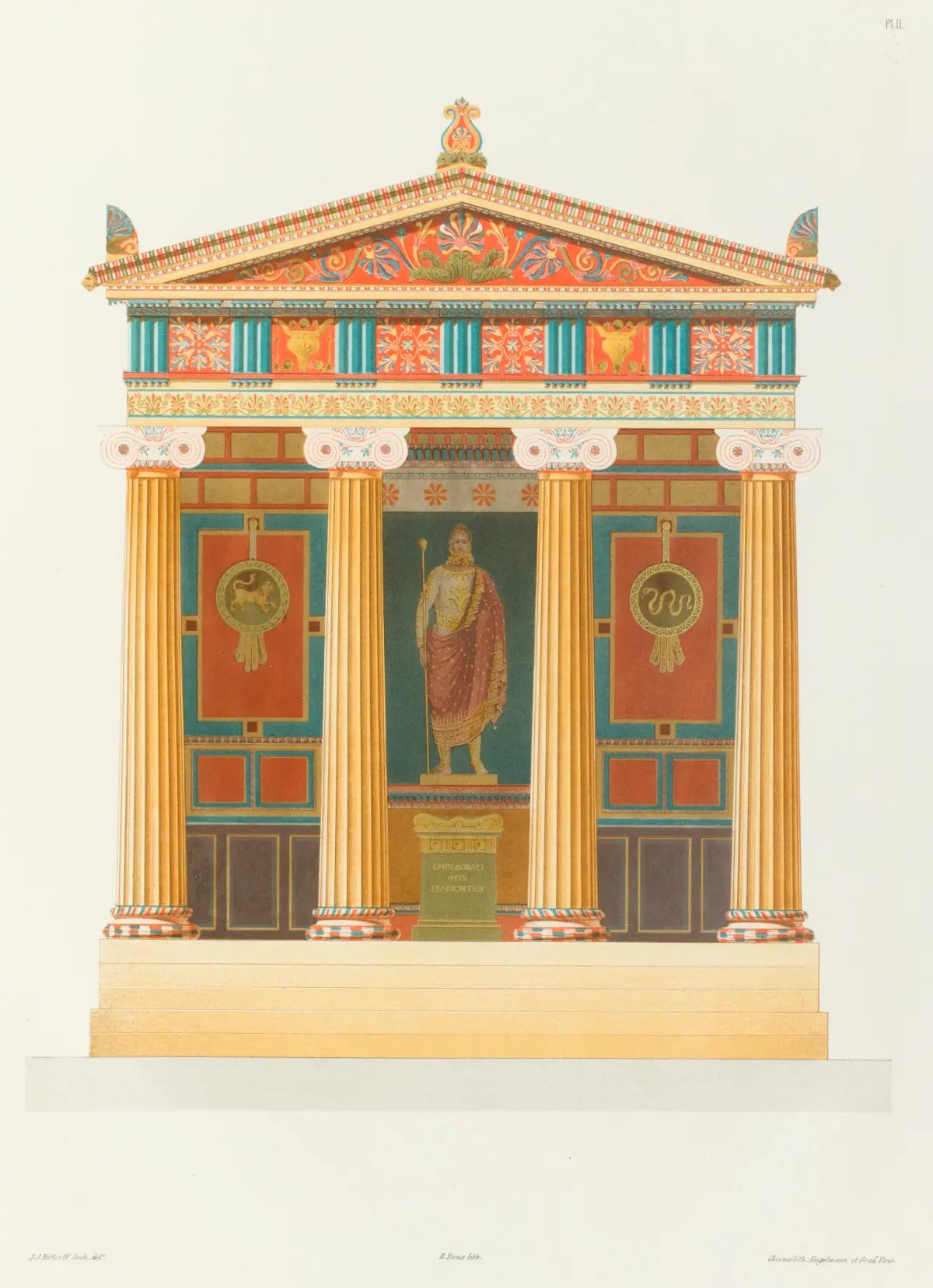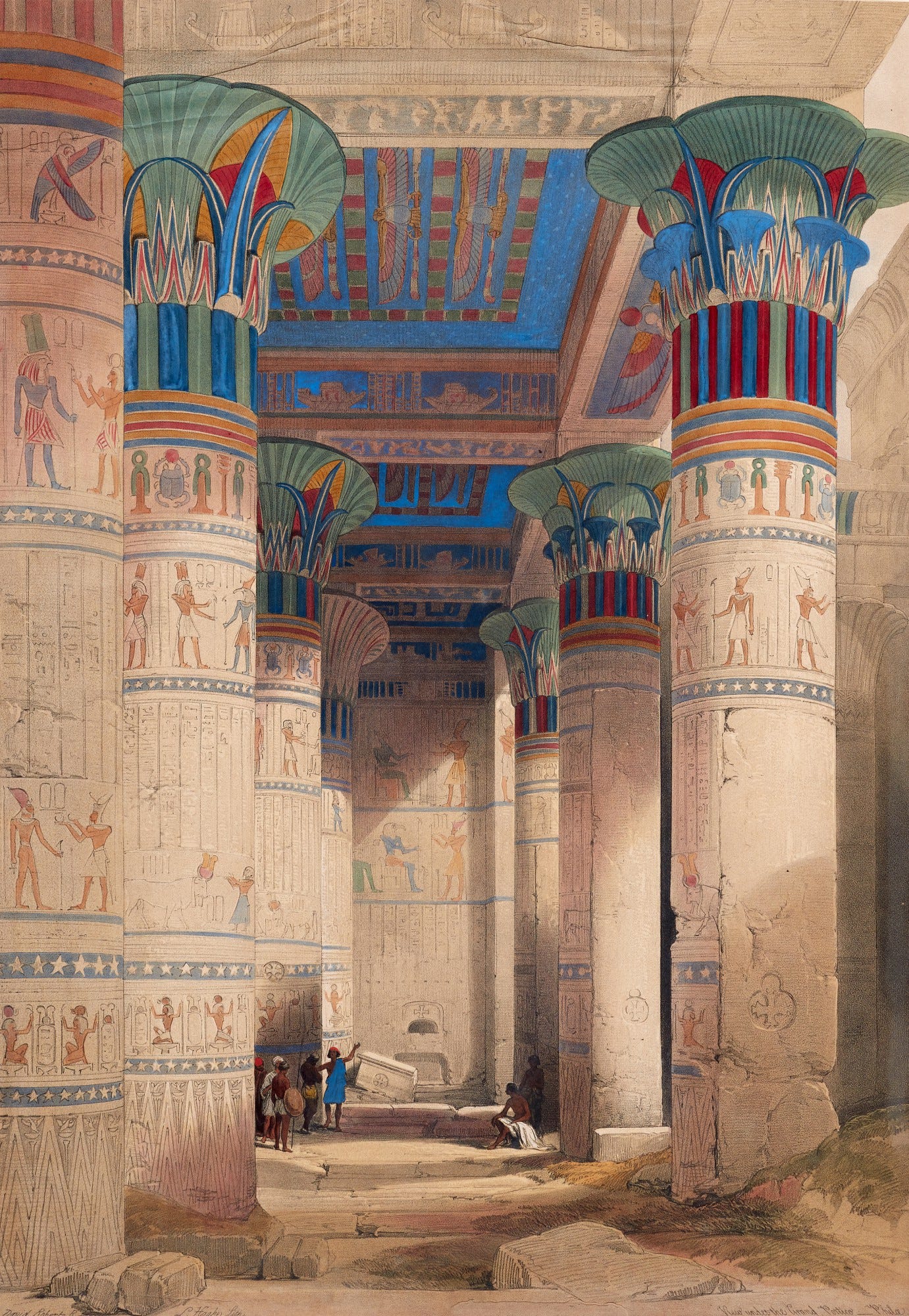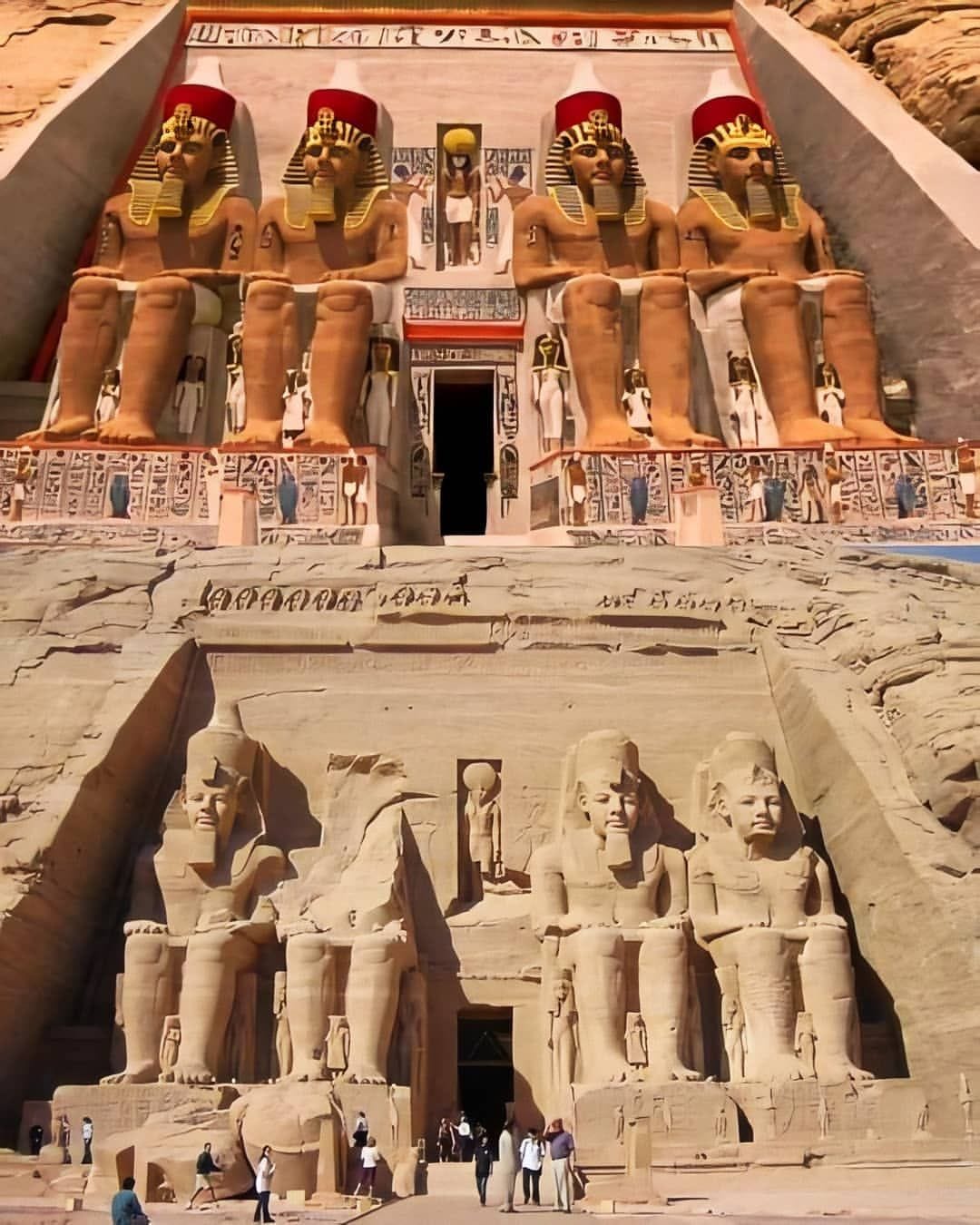Color on everything: a revised history of ancient architecture
For too long, we´ve assumed that the architecture and sculpture from the past were colorless. New conservation and restoration techniques have proven otherwise, and the results are astonishing.
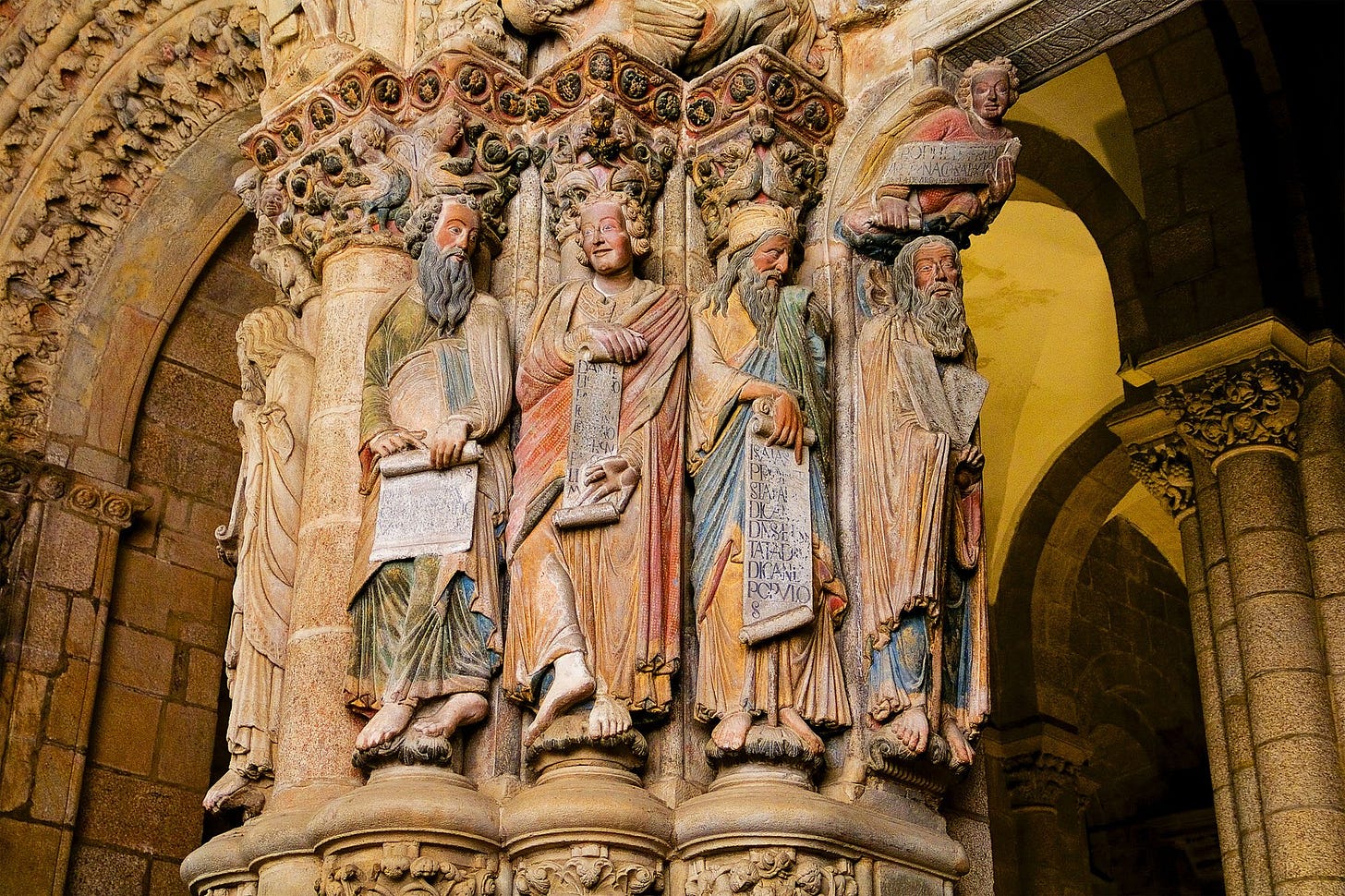
The other day, I read in the news that, during the restoration works on the Wells Cathedral, it was discovered the facade had been painted with vivid colors. Seeing a recreation of a Gothic church painted in blue, red, yellow and green was a bit shocking. We´ve never seen a Middle Age building looking that way. We can frequently see painted murals on the inside of churches - different scenes from the Bible or the lives of saints - but, in our collective imagination, a church´s walls are made of bare stone, and nothing else.
Upon seeing this news, I immediately thought of another case where we´ve been mistaken about the original look of a work of art: Ancient Greek and Roman sculpture. It is interesting to note that we have a picture of ancient Greece that it´s completely wrong. We always imagine white buildings, white sculptures and white tunics. We´ve learned to associate this white aesthetic with ancient Greece and Rome, and to see it as very elegant. Every time you show people a picture of an accurate representation of a Roman sculpture, they have a funny reaction— they are always slightly horrified.
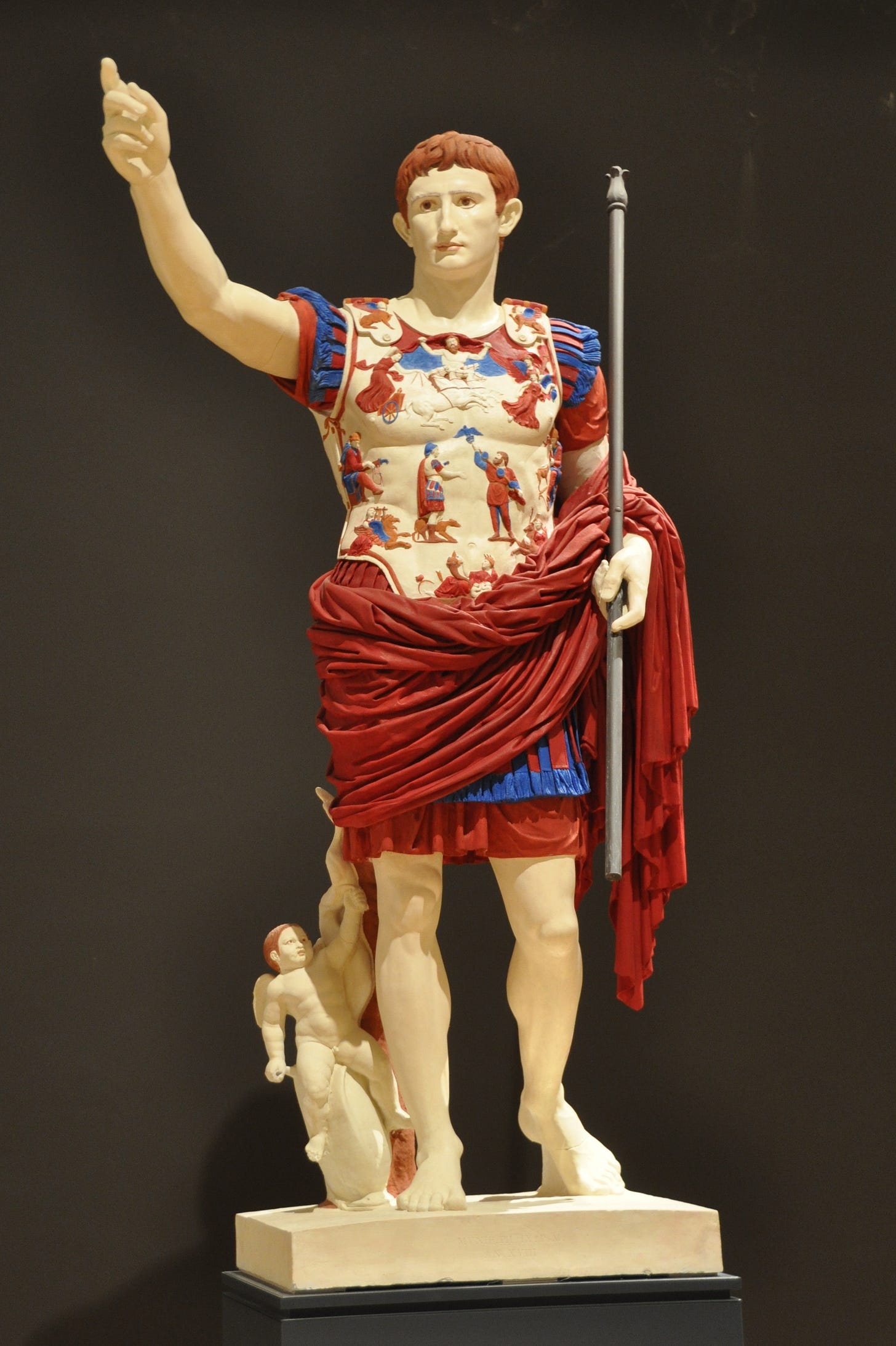
A classic example is the Augustus Prima Porta the way it looked when it was made. Some of the words I´ve heard describing this image, or other recreations like it, are tacky, cheap, weird, vulgar, or ugly. Why do we think painted sculptures look bad? Because we´ve seen these images devoid of color for centuries, and every artwork inspired by them (during the Renaissance in the 16th century or Neoclassicism in the 18th century) was made in pristine white marble. These artists, like Michelangelo when he made the David, thought they were imitating the classics because the ancient sculptures that were recovered had no visible pigmentation.
However, the only reason ancient sculpture and architecture appear white today is because painting could not resist the passing of time. It is a conservation issue— color goes, stone remains. The idea that white sculpture is the most beautiful and elegant would sound ridiculous to the ancient Greeks. The more precious a work of art is, the more sacred and valuable, the more probable it is that it´ll be decorated with color. All the ancient cultures tried to make their sculpted portraits look as alive as possible, so they painted their eyes, lips and hair as realistically as they could. The eyes were the most important, sometimes with pupils made of polished crystal rock.
Sacred buildings and temples of all kinds, are always decorated with color as well, both inside and outside. It´s true that color was a contending issue at some points in Christianity´s history. Some theologians and scholars thought color was boastful and inappropriate, and didn´t belong in a church. The same occurred with clothing and makeup: starting in the Roman Republic (509 BC to 27 BC), and following into the Middle Ages (5th century to 15th century), there were periods when vibrant attire, and wearing makeup, were considered prideful and conceited, instead of showing the modesty that was expected of faithful people (especially women).
This perspective is based on the idea that beauty and pleasure are dangerous because people can get too carried away, and forget propriety and their place in society. Ergo, beautiful women and beautiful art can be too tempting, and they better be avoided. This push and pull can be seen all over Western Art History: some periods try to be the most minimalistic and “pure”, while others go in the opposite direction, sometimes to the extreme, like Rococo.
Other cultures and civilizations weren´t so worried about denying themselves of nice-looking things, like ancient Egypt. They wanted their sacred places to look as best as possible, and looking as best as possible for humans means with color: paint, precious stones, dyed textiles, embroidery, precious metals, flowers or precious woods. I have the theory that our aesthetic sense was developed during prehistory around certain materials, and one of those materials were pigments and dyes. Art was born in relation to the sacred and rituals: from rock art to body painting, artistic practices had spiritual meaning. When you consider these ideas, the result is that art, aesthetics and spirituality usually go together.
Sacred places all over the world were painted in bright colors, and not even Medieval Europe was outside of this tendency. The Wells Cathedral, and other temples all over the world, were colorful buildings. Even when conservation hasn´t been the best, due to sunlight, wind, rain and human action, chemical analysis show that most stone buildings were originally painted. It is time to change our image of historical architecture: every time you see a pyramid, a temple, or sacred building, picture it in full technicolor.




